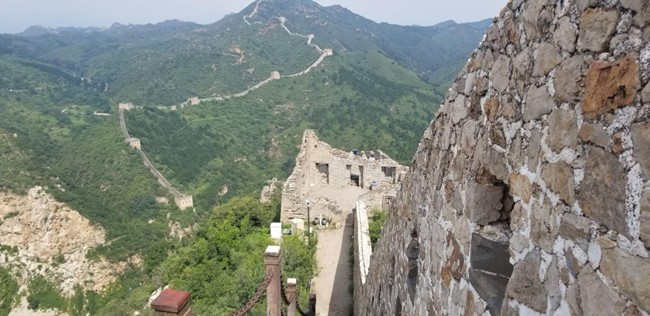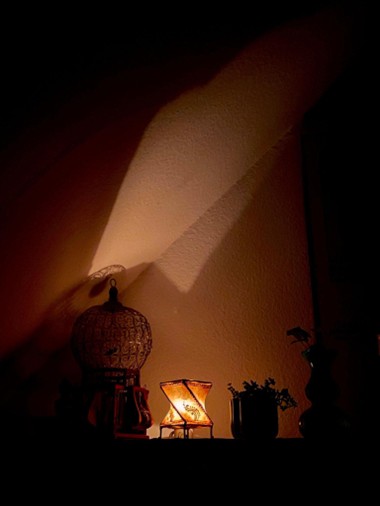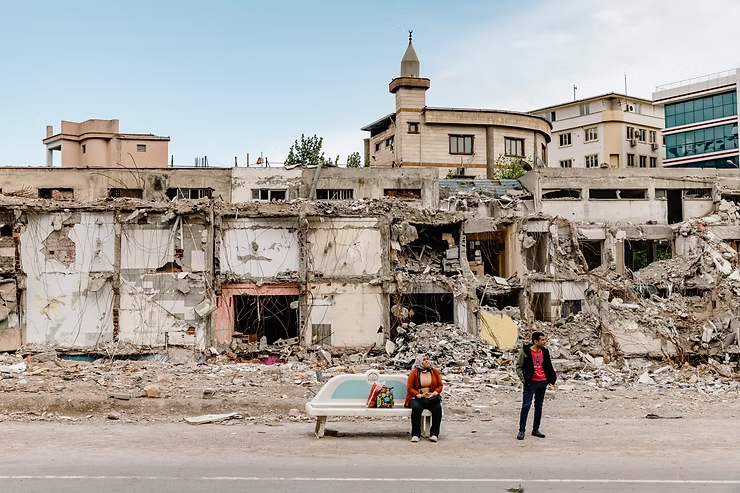This is just one version of my story as an international student—shaped by the day, the place, and the state of my heart. I wrote this while I was still in Heidelberg, holding what I could at the time. Some memories return vivid and raw, others blurred at the edges. This is Part one of a journey still unfolding—messy and in transit.
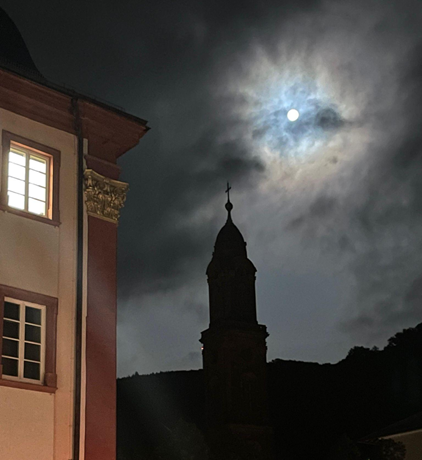
Studying abroad has enriched me in countless ways, but there were more days when it felt like I was trapped in a nightmare for a month straight. Navigating through the emotional and bureaucratic complexities of life, mostly alone, in a foreign land that has left a mark I’ll carry with both pride and ache. Back home in India, it’s common to see young people move cities for better opportunities. But for someone who had never lived away from her parents for twenty-five years and struggled with deep-rooted self-esteem issues, I never imagined I’d cross continents to pursue a second master’s degree.
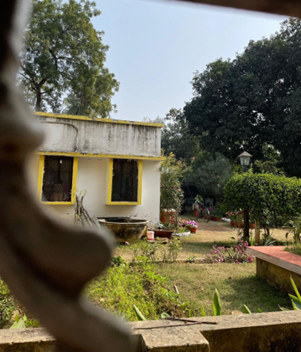
In the first eight months, I moved through at least five private apartments before finally securing student accommodation on the outskirts of Heidelberg. Yet, no matter where I lived, I invariably woke up to the aroma of brewing coffee drifting in from shared kitchens, while gazing out at the changing hues of European nature through the curtainless, old wooden windows. It was a stark contrast to the familiar scent of incense sticks, the pressure cooker hissing, and the fresh smell of rice cooking every morning in my house in Santiniketan[1]. That contrast, in itself, spoke volumes about how far I had come, literally. Santiniketan, with its red soil, open skies, and the lingering echoes of Tagore’s music[2], was home. And yet, here I was; trying to ground myself on Heidelberg’s cobbled Hauptstrasse, walking into one of the oldest universities in the world.
As I write, I realise that experiencing Heidelberg hasn’t been just about the picturesque landscapes and academic rigor in a historic university town. It’s been a journey through dynamic shared experiences. I met students from Pakistan, Portugal, Ukraine, Colombia, Hong Kong, Afghanistan, Iran, Turkey, Senegal, Nepal, from several states of India, and of course Germany, with whom I shared a sense of collectiveness in memory and identity that resonated with the flowing idea of home and the longing to belong with the foreignness. Our memories of home often arose from a (deprived) hope of returning, or sometimes from the deep desire to belong to a place that can be felt as a home. We yearned for a sense of normalcy, driven to find parts of ourselves in the pubs and canteens of Heidelberg. In all those moments, I knew that the nature of the pain and fear stemming from the dichotomy of uprootedness and embeddedness transcends borders and nationalities.
It wasn’t all sad, of course! In Heidelberg I felt the magic spell that togetherness casts on you and the virtue of living for each other that one doesn’t forget. I experienced the ecstasy of growing up while making connections that embraced my vulnerabilities. For example, the 7 minutes walk everyday from the Eichendorffplatz tram stop to the student campus always felt like 7 years, with my shoulders drooping down with every step, scavenging for the reason that made existence so heavy those days. Those times I was often saved by simple meals that my friends shared with me. The Western dream to polish and shine through life was nowhere to be seen, but familiar voices and conversations over meals did the magic, every time!
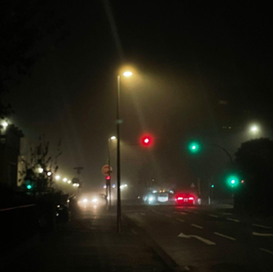
Through havoc trials and errors of finding a firm ground for my emotional self, at every uncertain step, through every struggle of letting go of something, I only found more love wrapped up and sent to me in different packages. My uncle lives in Zurich with his family. We lived in a joint family together in my birth city in India for the first seven years of my life and reuniting with him in Europe felt surreal. I found a photograph that I added on Facebook, expressing my complete disbelief and gratitude for experiencing the Alps in Zermatt, Switzerland! That day I promised to build more of myself in the present, keeping in my heart the experiences of the past that shaped the path leading me to the present. As I scrolled through my Facebook feed further down, there was also this photo of me, bundled up in layers, marveling at the first snowfall of my life, it was freezing and I was surprised how spontaneously I went out, gathered my friends and made snow butterflies at 7
a.m. We spent at least five hours dancing and jumping in the snow forgetting all about the flu we suffered just a week ago, a visual memory that still makes me hum, “And I think to myself. What a wonderful world!”
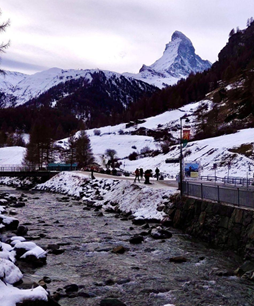
Re-reading social media posts feels a lot like looking at an old mirror that I hated looking through when I had first arrived in Heidelberg. I hated how my friends enjoyed home-cooked meals every day, (affordable) Uber selfies, varieties of indian cuisine delivered at doorsteps; made me so jealous that I cherished every moment a lot more to compensate, because it did feel a bit criminal to not marvel at the snow-capped cherries or the buildings that looked straight out of a Miyazaki[3] movie. Yet, I didn’t know where to place the strange, deep loneliness that lingered like an unavoidable shadow, always close, always present.
Undeniably, as my medical anthropology studies unfolded, I have been increasingly drawn to the narratives of suffering and resilience more than ever. As someone who always wondered about the facets that make up one’s mental health, I kept searching for evidence of how pain and endurance connect us across cultures, even as our stories remain deeply personal. Stories of people caught between “here” and “there,” shaping new identities by reusing fragments of an old self, much like mine. Numerous encounters, both in class and beyond, helped me begin to view my own struggles with depression differently. Recognizing the profound influence of cultural context on our experiences allowed me to gradually deconstruct my own biases around mental health. Over time, I’ve learned a few ways to hold my pain with more compassion and less judgment, better understanding of how deeply our inner worlds are shaped by where we come from.
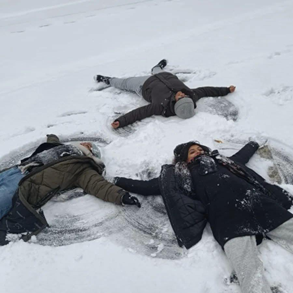
Although I came to Germany by choice, it felt like an exilic torture to be disconnected from my cultural identity and community, away from my lifelong comfort, security, relationships, and privileges back in India, which was not my choice. However, in this chapter of self-discovery, it was a boon to find professors and friends who supported me through the odds I was not prepared for. I am indebted to have found a place where mistakes were allowed and not rebuked at! I even returned to the stage to sing the only Bangla song I had written; shaky, stumbling over the lyrics, but carried away by the love and encouragement that came just from showing up. What an evening it was, Summerfest 2022 at Heidelberg University!
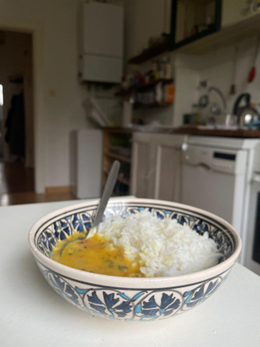
One of my most meaningful encounters was with Ezgi, a Turkish girl I shared my first apartment with. What were the odds that I’d meet someone just as broken as me at that exact point in life? We were two souls searching for solace, finding comfort in our shared vulnerabilities and quiet dreams, despite coming from very different worlds. Over cups of Turkish tea and bowls of Indian daal[4], we talked about life, interpretations of loss and grief, and the exhausting bureaucracy of finding a therapist in Heidelberg.
It was hard when she moved to the Netherlands to live with her boyfriend; life in Heidelberg had been too lonely and depressing for her. I felt the same, but I couldn’t leave. My student loan from India didn’t give me the luxury to return home. I was happy for her, but deeply sad for myself. She invited me to visit her while I was struggling to find stable housing and a student job. I was crumbling under self-doubt, checking flight tickets home almost every day. I still remember those seven hours on a FlixBus, with each hour closer, I lost a fraction of the weight I was carrying in me. Since day one, she felt like the closest thing to family, and those seven days in Enschede were quietly healing. I arrived on a grey evening and left on a brighter day, just like my thoughts. We slow-biked through the town, floated in a sunlit pool, spent hours in libraries, hunted for cute clothes on sale, and lingered around coffeeshops for hours, doing simply nothing– Adda5, an underrated side-effect, less medicine for the soul!
In Santiniketan, I couldn’t imagine going out for walks in the evenings without my best friend. Two years later, I realized that solitary walks by the Neckar river had become my moments of reflection, where I grappled with anxiety, homesickness, and a slowly growing attachment to this new life. My journey as an international student has been all about embracing the unknown and finding fragments of home in unexpected places, like spontaneously hopping on a bus to explore the hills just beyond the city. Armed with my anthropology texts I began to understand the intricacies of my emotions and the quiet strength it took to keep moving forward.
Life has an uncanny way of making me mourn for things yet to be lost. It’s a preemptive grief, a shadow cast by the inevitability of change. My longing for Santiniketan, transformed into an anticipatory ache for Heidelberg, a feeling I know will deepen when I eventually leave. These two places, reflections of each other in the river of my memory, are bound together by this bittersweet thread of longing.
[1] Santiniketan – A small town in West Bengal, India, Santiniketan was founded by Rabindranath Tagore’s father and later developed by Tagore into a hub for progressive education and the arts. With its emphasis on learning in nature, it is both a place and a philosophy that nurtures creativity and reflection.
[2] Tagore’s music – Rabindra Sangeet, Tagore’s music blends classical Indian traditions with Bengali folk and Western melodies. Deeply lyrical and spiritual, his songs explore love, nature, devotion, and the human condition, forming an emotional soundtrack to everyday life in Santiniketan.
[3] Miyazaki – Hayao Miyazaki, the renowned Japanese filmmaker and animator known for his richly imaginative films that often explores themes of nature, resilience, and the innocence of childhood. Hayao Miyazaki’s stories are heavily influenced by European landscapes, architecture, and folklore, even though they are deeply rooted in Japanese aesthetics and storytelling traditions.
[4] Daal is a staple dish in Indian households, made from lentils cooked with spices. Simple yet comforting.
[5] Adda: is a beloved Bengali tradition of informal, free-flowing conversations among friends or family, even strangers. It’s not just talking, adda is a cherished form of social bonding, where topics can range and stretch for hours over cups of tea. Rooted in leisure and intellectual curiosity, adda is as much about
the connection as it is about the content of the conversation.



